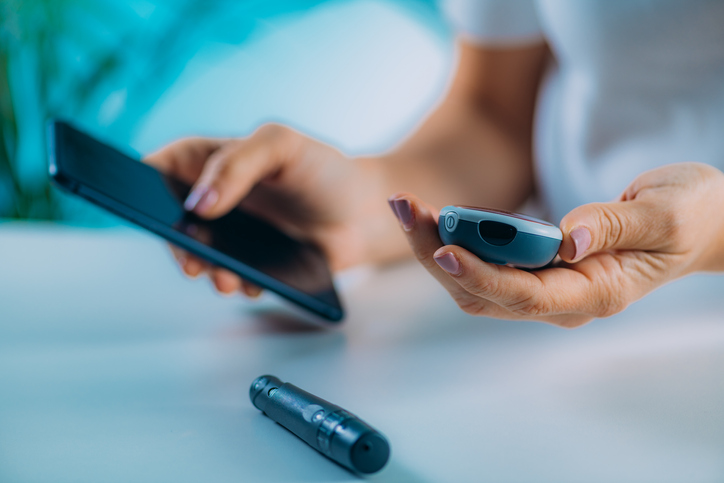
One of the Big Challenges of Managing Type 2 Diabetes
Over my 35 years as a diabetes psychologist, I have had the honor and privilege of working with thousands of people who have struggled with how to fit diabetes into their lives. One of the biggest problems, especially for people who have type 2 diabetes (T2D), is that it is so very easy to ignore it. After all, high blood sugars typically don’t hurt and it is easy to pretend that you don’t even have T2D—well, until something scary happens. Too many people have told me, “Look, I get that T2D is a serious disease that can be harmful to my health, and as soon as something terrible happens, I promise to start paying attention to it.” But that’s a bit late in the game, and damage—likely to be irreversible—has already occurred.
Therefore, my job is often to help people engage with this relatively invisible disease before bad things happen. And that comes down to this question: how on earth do you make the invisible visible?
The Simple Solution of Glucose Monitoring
My colleagues and I have been researching this question for decades, and we have discovered a simple solution: harnessing the power of glucose monitoring.
At this point, if you’re someone who really doesn’t like the idea of checking your glucose levels, you might be thinking—Ugh. And I don’t blame you. But hear me out.
In a series of studies conducted over the past few decades, we have found that regular glucose monitoring can help people with T2D to achieve much greater control of their diabetes and to feel a whole lot better. This includes people who use any of the new continuous glucose monitoring systems as well as those who use a finger stick glucose monitor. In both cases, this means learning how to use the monitor in a “structured” fashion to learn how food and activity can affect glucose levels (for example, checking before and after a brisk walk).
Seeing Results in Real Time
The other advantage of glucose monitoring is that it can help you see how your own positive actions can make a big difference. We encourage people to start experimenting on their own. Start taking your medications more faithfully, start making positive changes in your diet, or start exercising regularly, then you may be able to see over time how glucose levels will drop. The invisible becomes visible! And it can be so nice to actually see this happening.
If you are never checking your glucose levels, then any efforts to make positive changes in your diabetes health may quickly flounder because there won’t be much feedback. Your glucose levels may be improving, but you may not feel it immediately. And then you might wonder whether any of these efforts are really worth it. This is why people give up. But with a glucose monitoring system, it is possible to see positive change happening, and it can happen quickly. There is nothing more motivating than to know that your own efforts are really making a positive difference.
And now you know the secret to how to make that happen.


I really like my CGM. Now my doctor says my control is too tight. So what does too tight really mean? My goal is to keep my glucose at or below 180 within 1 1/2-2 hours after eating. Don’t always meet that goal but I’m happy with the results.
Hi Joyce,
Very simply, too tight is too many hypoglycemic episodes. If your time below range is below 4%, sounds like you’re doing great!
No comment